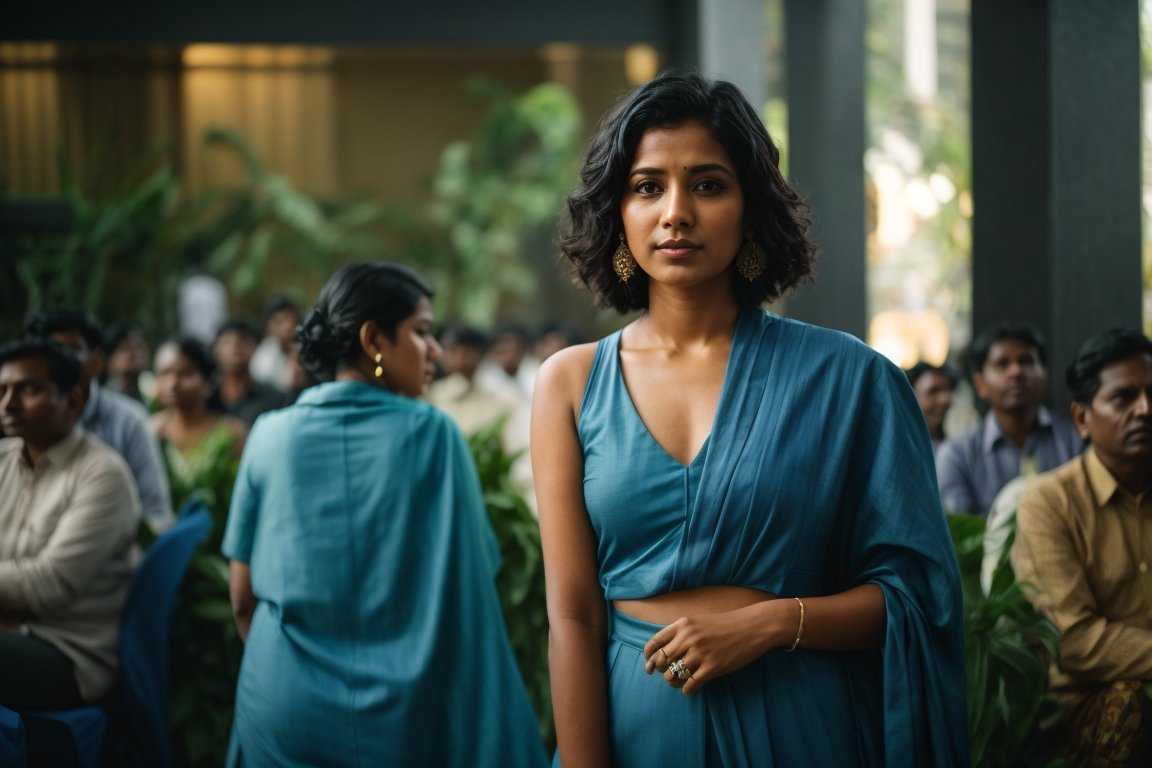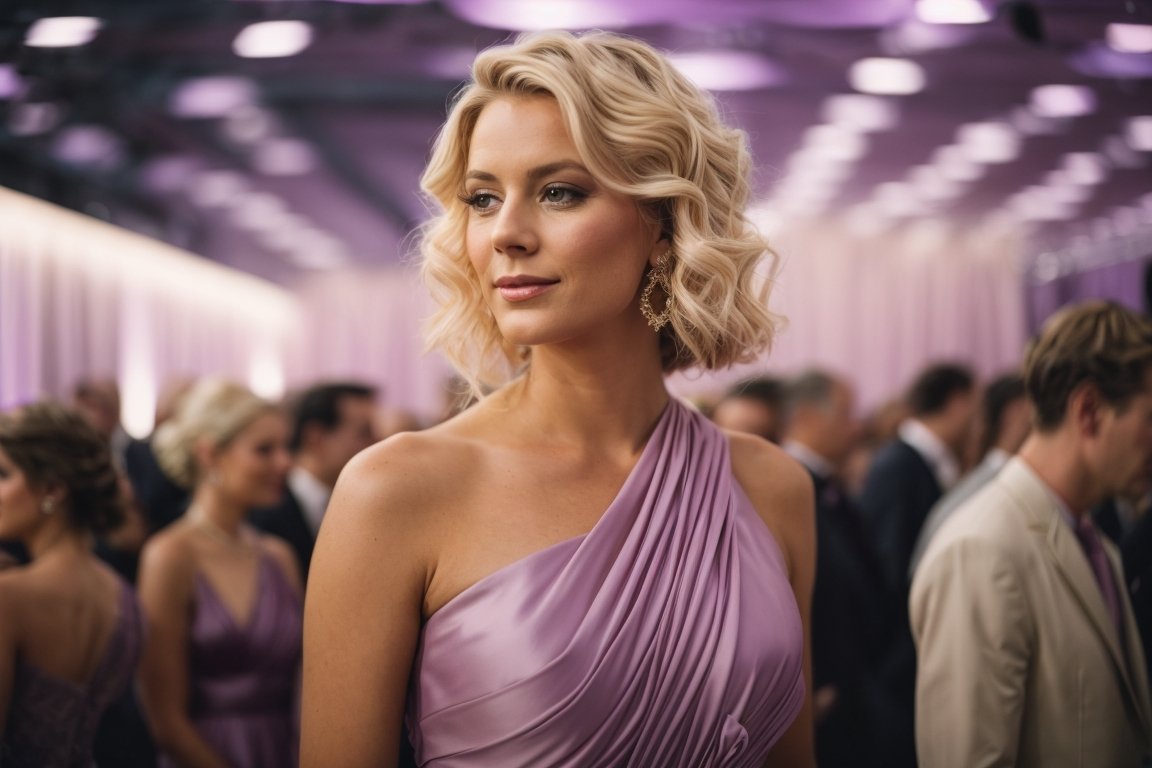Key Takeaways
- Understanding the environmental impact of traditional dyes
- The benefits of using eco-friendly dyes in fashion
- Types of sustainable dyes and how they’re made
- The role of technology in advancing eco-friendly color options
- How to identify and choose sustainable clothing
- The relationship between eco-friendly dyes and the circular fashion model
- DIY methods for eco-friendly dyeing at home
- Future trends in sustainable dyes and their impact on the fashion industry

Welcome to a comprehensive guide on Eco-Friendly Dyes: The Sustainable Colors of the Future. With fashion taking a greener turn, there’s never been a more crucial time to discuss the colors we wear and how they impact the planet. Sit tight as we delve into a world of colors that are not just vivid but also kind to Mother Earth.
The Problem with Traditional Dyes
Did you know the fashion industry is the second-largest polluter after oil? Shocking, right? One major culprit is the use of harmful dyes. Let’s unravel this dark secret of the fashion world.
How Traditional Dyes Harm the Environment
Traditional dyes often contain chemicals like formaldehyde and heavy metals like lead. When disposed of, these toxins seep into the soil and water, causing devastating effects on aquatic life and human health. It’s no wonder that conventional dyeing practices are under scrutiny.
Fast Fashion’s Role
Fast fashion plays a major role in environmental pollution. The high demand for inexpensive, rapidly manufactured clothing results in excessive use of harmful chemical dyes. Additionally, many fast fashion brands outsource garment production to countries with lax environmental laws, which further worsens the environmental impact of the fashion industry.
Human Health Concerns
The chemicals in traditional dyes aren’t just bad for the environment; they can also be harmful to those who wear them. Skin irritation, allergies, and even more severe health issues can arise from prolonged exposure to these harmful substances.
Why Choose Eco-Friendly Dyes?
Now that we know the darker shades of the story, let’s shed light on the brighter side. Eco-friendly dyes are not just a trend; they are a necessity for sustainable fashion.
Environmentally Friendly Choices
Green, in the context of eco-friendly dyes, takes on a new meaning. These dyes are water-efficient and usually plant-based. They break down naturally and are non-toxic, making them far kinder to the environment than their synthetic counterparts.
A Win for Human Health
Not only are you making a difference ecologically by choosing clothes with eco-friendly dyes, but you’re also avoiding potential health issues. Organic dyes are free from harmful chemicals, reducing the risk of skin irritations or allergies.
The Ethical Aspect
Brands that commit to using eco-friendly dyes often have broader ethical practices, including fair labor conditions and cruelty-free testing. You’re not just buying a garment; you’re supporting an ethical way of life.

Types of Eco-Friendly Dyes
With sustainability taking center stage, several types of eco-friendly dyes have emerged. Let’s explore these vibrant alternatives.
- Vegetable dyes: Made from roots and plants
- Fruit dyes: Derived from fruits like berries
- Mineral dyes: Comprised of natural minerals
- Insect dyes: Made from non-harmful insects like cochineal
- Plant-based indigo: A greener version of the popular indigo dye
- Turmeric: A spice that doubles as a vibrant yellow dye
- Coffee and tea: For earthy tones and shades
- Clay: Gives a rustic, natural finish
The Technological Revolution in Dyes
In the era of technological advancements, even the world of dyes has not been left untouched. Innovations are driving the sustainable fashion agenda to greater heights.
Digital Printing
Digital printing allows for precision in color placement, reducing the amount of dye and water needed. This technique is revolutionizing the industry, bringing both cost and environmental benefits.
Waterless Dye Technology
A groundbreaking approach, waterless dye technology uses zero water. Companies like ColorZen are making strides in this area, providing a game-changing alternative to traditional dye methods.
Biofabrication
Imagine creating colors in a lab! Biofabrication uses yeast, bacteria, and fungi to produce sustainable pigments, reducing the need for chemicals. This method is still in its infancy but promises an exciting future for eco-friendly dyes.

How to Choose Sustainable Colors
By now, you’re probably eager to revamp your wardrobe with sustainable colors. Let’s consider some things you should know when making your eco-conscious choices.
- Look for certifications like OEKO-TEX or Global Organic Textile Standard (GOTS)
- Research the brand’s sustainability practices
- Check for natural ingredients in the dye
- Consider the longevity of the garment
- Opt for timeless styles over trendy pieces
- Explore thrift stores for eco-friendly options
- DIY your own colors using natural substances at home
- Read labels and product descriptions carefully
A Glimpse into the Future of Sustainable Dyes
The fashion industry is undergoing a vivid transformation, with sustainability as its new black. From advancements in algae-based dyes to AI-driven formulations, the future looks bright and colorful.
Inclusion of Food Waste
Brands are exploring the use of food waste like orange peels and avocado pits as sources of natural dyes. These innovative methods not only solve a waste problem but also provide a sustainable alternative for coloring fabrics.
Circular Fashion Model
Eco-friendly dyes play a pivotal role in the circular fashion model, where garments are designed to be recycled or upcycled. This approach creates a closed loop, drastically reducing the environmental impact of fashion.
The Role of Consumer Demand
Never underestimate the power of consumer choice. As more people opt for sustainable options, brands will be forced to adapt. Your wardrobe choices can influence the future of fashion, making it greener and more ethical.

The Environmental Impact of Traditional Dyes
The harsh truth is, that traditional dyes can be damaging to our planet. It’s not just about the colors fading from your clothes; it’s also about the dye pollutants seeping into water systems and endangering aquatic life.
Synthetic vs. Natural Dyes: A Brief Overview
You might think natural dyes are a straightforward answer, but it’s a bit more complicated. While synthetic dyes are often derived from petrochemicals, natural dyes are extracted from plants, minerals, and even some insects. Yet, the resources and water required for natural dye extraction can also be quite high.
The Water Pollution Problem
Did you know the fashion industry is the second largest polluter of clean water globally? A significant chunk of this pollution comes from dyeing processes, including wastewater laden with heavy metals, acid dyes, and sulfur dyes.
Energy Consumption and Greenhouse Gas Emissions
Traditional dyeing methods also require an incredible amount of energy, usually from fossil fuel sources. This not only increases the carbon footprint of your clothes but also contributes to global warming.
Why Eco-Friendly Dyes Are the Future
The benefits of eco-friendly dyes extend far beyond their low environmental impact. They represent a shift in how we think about what we wear and how it’s made.
Health Benefits
Less harmful chemicals mean that eco-friendly dyes are also better for your skin. Many traditional dyes contain allergens and skin irritants, but eco-friendly options are generally hypoallergenic.
Longer Lasting Colors
Sustainability doesn’t have to come at the expense of quality. In fact, some eco-friendly dyes have been shown to be more resistant to fading than their traditional counterparts.
Supporting Sustainable Practices
By choosing garments dyed with eco-friendly materials, you’re not just making a decision for yourself—you’re supporting the whole eco-friendly supply chain, from organic farmers to responsible manufacturers.

The Different Types of Eco-Friendly Dyes
When it comes to sustainable dyeing, there are several options to consider.
- Plant-Based Dyes
- Mineral-Based Dyes
- Waterless Dye Technology
- Enzyme-Based Dyes
- Food Waste Dyes
- Myco Dyes (Mushroom-based)
- Recycled Dye Powders
- Digital Printing
- pH-Sensitive Dyes
- Eco Pigments
Choosing the Right Eco-Friendly Dye
Finding the best eco-friendly dye for your needs isn’t always easy, but it’s definitely worth the time and effort. Here are some factors to consider.
The Fabric You’re Using
Different fabrics react differently to various types of dyes. For example, protein-based fibers like wool and silk tend to take up plant-based dyes well, while cellulose-based fibers like cotton and linen might be better suited for mineral-based dyes.
Your Dyeing Method
The method you use to apply the dye can also make a significant difference in the results. Techniques such as dip-dyeing, batik, and screen printing each have their own set of requirements and compatibilities.
Cost and Availability
As much as we’d all love to solely use the most sustainable options, affordability and availability are often key considerations. Luckily, as demand for eco-friendly dyes increases, they are becoming more accessible.
Brands Embracing Eco-Friendly Dyes
As consumer awareness grows, many fashion brands are making the switch to sustainable practices, including the use of eco-friendly dyes.
Luxury Brands Leading the Way
Brands like Stella McCartney and Eileen Fisher have been pioneers in adopting eco-friendly dye technologies, showing that luxury doesn’t have to compromise ethics.
Affordable Sustainable Options
You don’t have to break the bank to be sustainable. Brands like Patagonia, H&M’s Conscious Collection, and Everlane offer eco-friendly options at a more affordable price point.
Niche Brands with a Focus on Dyeing
Smaller brands often specialize in one type of eco-friendly dye or technique, offering a unique and high-quality product. Brands like Matter Prints and Alabama Chanin are worth checking out.
How to Recognize Eco-Friendly Dyes in Products
For the conscious shopper, it’s not always clear which items are dyed sustainably. Here are some tips.
- Look for Certifications: Labels like OEKO-TEX, GOTS, and Bluesign are good indicators.
- Read the Product Description: Brands that use eco-friendly dyes are usually proud to share this information.
- Ask the Brand: If information is not readily available, don’t hesitate to reach out to customer service for details.
Conclusion
Navigating the colorful world of eco-friendly dyes isn’t just a fashion statement; it’s a lifestyle choice. It reflects a consciousness not only for what looks good but also for what does good—for our skin, our health, and our planet.
From understanding the environmental impact of traditional dyes to exploring the myriad of eco-friendly alternatives available, we’ve delved deep into what it means to choose sustainably.
So the next time you pick a colorful garment off the rack or decide to dye your own fabrics, remember: the choice of dye can make a world of difference.

Summary Table
| Topic | Key Points |
|---|---|
| Environmental Impact of Traditional Dyes | Water pollution, energy consumption, health risks |
| Why Eco-Friendly Dyes Are the Future | Better for health, long-lasting colors, supports sustainable practices |
| Types of Eco-Friendly Dyes | Plant-based, mineral-based, waterless technologies, and more |
| Choosing the Right Eco-Friendly Dye | Consider fabric type, dyeing method, cost, and availability |
| Brands Using Eco-Friendly Dyes | From luxury to affordable, options are growing |
| Recognizing Eco-Friendly Dyes in Products | Look for certifications, read product descriptions, or ask the brand |
Frequently Asked Questions
What are eco-friendly dyes?
Eco-friendly dyes are coloring agents that are made from sustainable resources and are free from harmful chemicals. They have a lesser impact on the environment compared to traditional dyes.
Why should I choose eco-friendly dyes over traditional ones?
Eco-friendly dyes are not just better for the planet, but they are also often hypoallergenic and free from harmful chemicals, making them better for your skin.
Are eco-friendly dyes more expensive?
While they can be pricier due to the sustainable methods used in their production, the gap is narrowing as demand increases and more affordable options are coming into the market.
Do eco-friendly dyes last as long as traditional dyes?
Many eco-friendly dyes have been found to be as durable as, if not more than, their traditional counterparts, especially when proper care is taken.
What types of fabrics work best with eco-friendly dyes?
Natural fibers like cotton, linen, silk, and wool generally work well with eco-friendly dyes. However, the specific type of eco-friendly dye can also influence how well it bonds with the fabric.
How do I recognize a product that uses eco-friendly dyes?
Look for certifications like OEKO-TEX, GOTS, or Bluesign. Reading the product description or reaching out to the brand directly can also provide this information.
What brands are known for using eco-friendly dyes?
Brands like Stella McCartney, Eileen Fisher, Patagonia, and Everlane are well-known for their use of eco-friendly dyes.
Can I dye my own fabrics using eco-friendly dyes at home?
Absolutely, there are many DIY kits available that use eco-friendly dyes. Just make sure to follow all instructions for the best results.
Are natural dyes the same as eco-friendly dyes?
Not necessarily. While natural dyes are made from natural resources like plants and minerals, they may still require significant amounts of water or energy to produce. Always check to see if they meet other sustainability criteria.
Do eco-friendly dyes fade faster?
No, in fact, some eco-friendly dyes are known to be more resistant to fading compared to traditional dyes. However, as with any dyed fabric, following care instructions will help maintain color longevity.
There you have it—a comprehensive guide to eco-friendly dyes in the fashion world. Whether you’re a consumer, a DIY enthusiast, or even a brand looking to make a switch, there’s a shade of green for everyone. Let’s make our fashion choices as vibrant as they are sustainable!

Neha Z. is not just any writer; she’s a storyteller who has graced the online world with her evocative prose for over half a decade. Venturing into the intricate nuances of women’s lives, she weaves stories that range from life’s highs and lows to the multifaceted essence of femininity. Each piece she pens radiates sincerity and artistry. As you delve into Neha’s musings, you’ll find reflections that echo your own journey and insights that inspire. Immerse yourself in her world, and let her stories touch your heart.
Reviewed By: Joanna Perez and Anna West
Edited By: Lenny Terra
Fact Checked By: Matthew Mansour
Photos Taken or Curated By: Matthew Mansour
